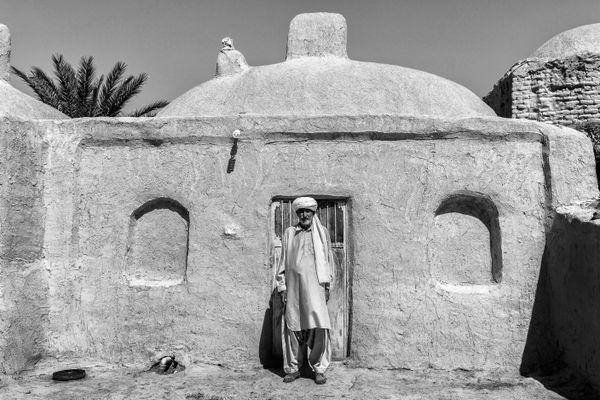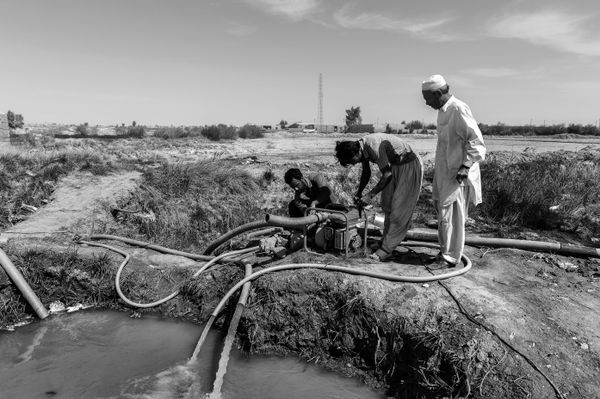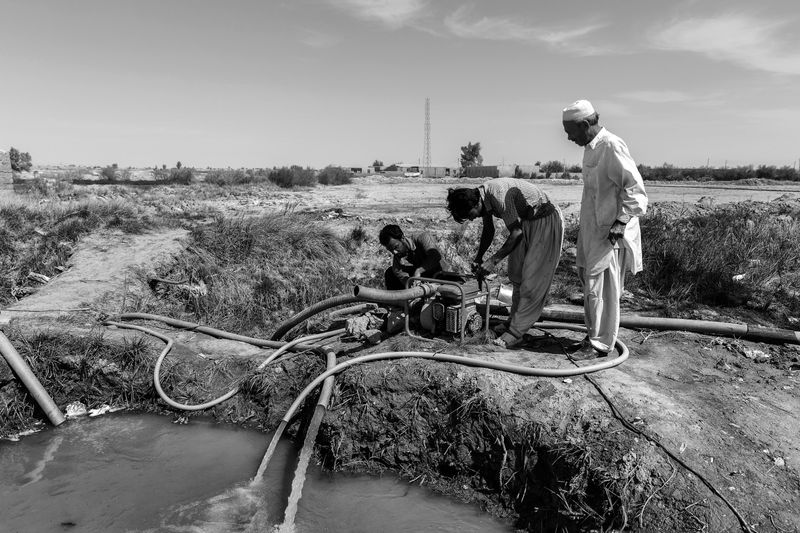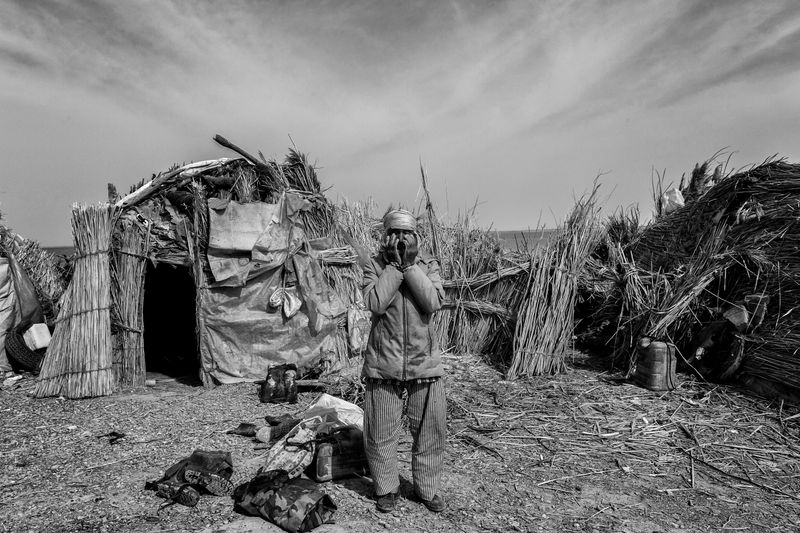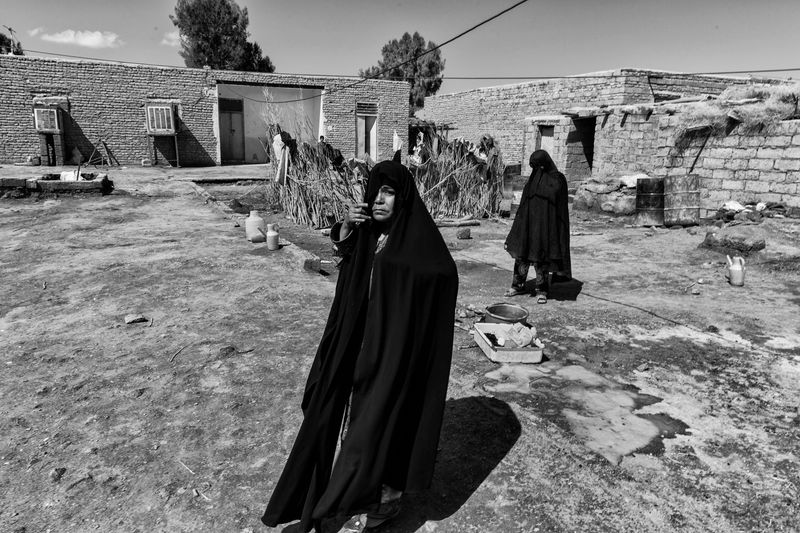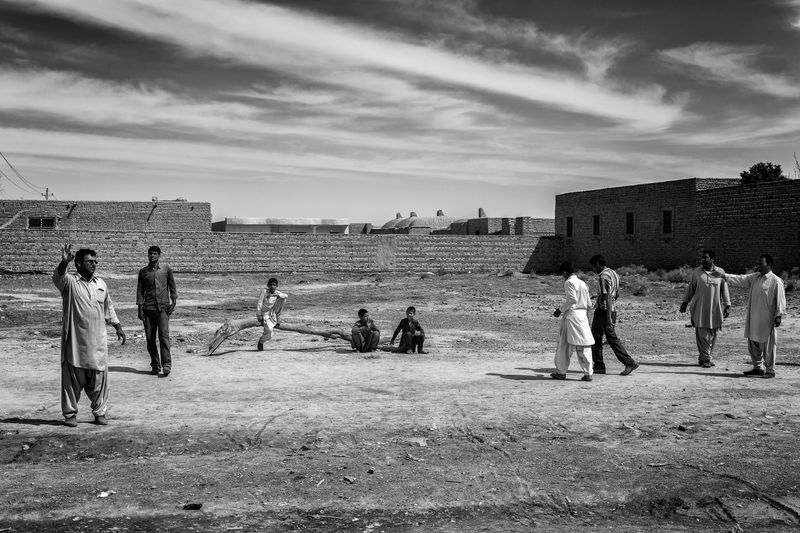Sistan
-
Dates2016 - 2016
-
Author
- Topics Contemporary Issues, Documentary
Sistan is located in the most eastern part of Iran and north of Sistan and Baluchistan province neighboring Afghanistan. This region consisted of central part, Hamoon, Hirmand, Nimrooz and Zabol is its capital.
Sistan is located in the most eastern part of Iran and north of Sistan and Baluchistan province neighboring Afghanistan. This region consisted of central part, Hamoon, Hirmand, Nimrooz and Zabol is its capital. People of this region are Sistani who speak the Sistani Persian language and are generally Shias or Baluch, who speak the Baluchi language and are generally Sunni. Hamoon, one of the biggest lakes in Iran and the source of blessing for these people, is suffering and dying as a result of frequent and severe droughts and cutoff the water flow from Hirmand river into the lake during these years. Combination of drought and the spread of desertification, not only has turned Hamoon to an environmental threat, but also makes social and economic problems for Sistani people leaving them in poverty and unemployment.
The lake was the source of income for Sistani fishermen with tones of fishes, but now is just a shelter for abandoned boats and fishing nets. Seasonal winds blow fine sands off its bed and make breathing hard for people. Even though the rainfall caused the water flow to Hamoon beginning of this spring, but most of it would evaporate as a result of summer heat and wind of 120 days. All the above-mentioned issues resulted in the abandonment of many villages as people migrate and leave their homes in search of water in other cities. And now, only 20 thousand hectare of 60 thousand hectare of the lands is being used.
